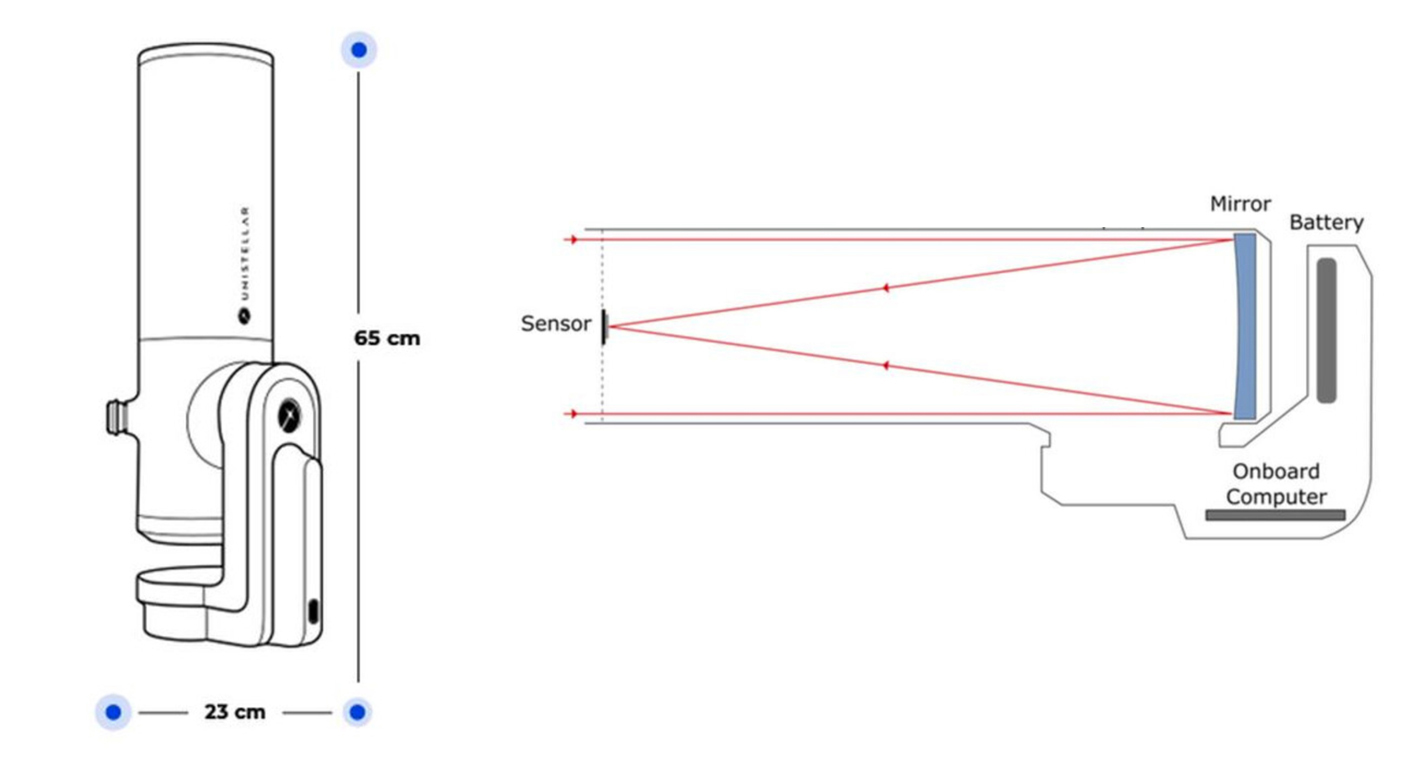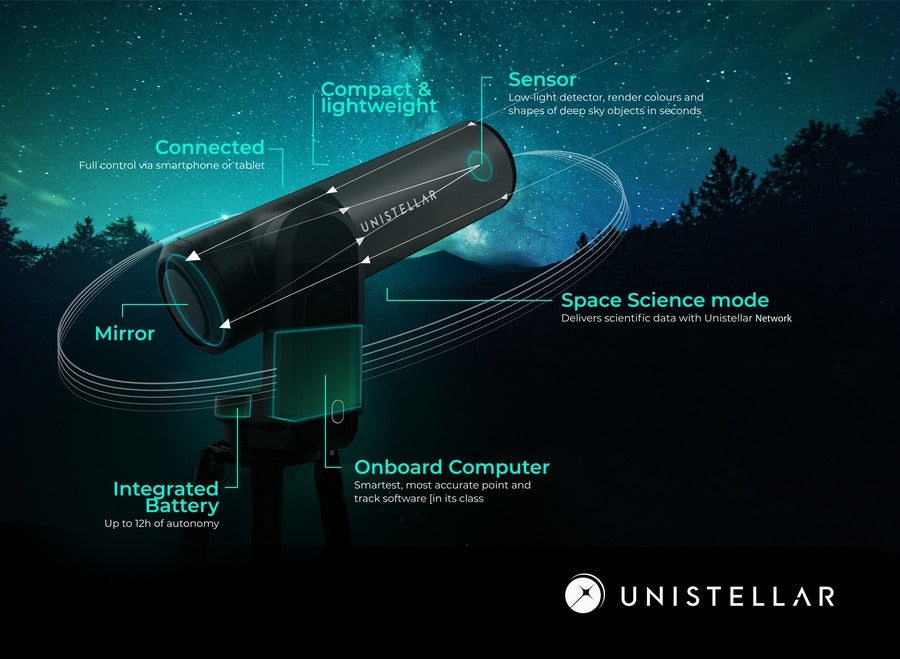Table of Contents
3. Collecting light using telescopes
In this topic, you will learn how telescopes collect light. But for that we must know what is light.
1. What is light?
Light can be considered an electromagnetic wave. Water wave is a wave on the surface of a water body. Similarly, electromagnetic waves are waves in something called the electromagnetic field. No need to delve much deeper into this. Just notice that similar to water waves, light waves can have many different lengths. Similar to water waves, light waves can be very short or very long. From radio waves to gamma rays, everything is a type of light.

Gamma ray waves are very short, radio waves are very long. X-ray waves are longer than gamma rays but shorter than visible light. Microwaves are shorter than radio waves, but longer than visible light. If you imagine a range from gamma rays to radio waves, visible light will fall somewhere in the middle in terms of length.
The wavelength of visible light can be from 400 nano-meter to 700 nano-meter. Radio waves can have lengths of centi-meter or even meter. And x-rays can have lengths of 1 nano-meter, almost a thousand times shorter than visible light.
If this range defines the visible light, then all other lights can be called invisible light. Here we will first talk about visible-light telescopes and then also scratch the surface of various invisible-light telescopes.
1.1 Spectrum of light
2. Telescopes for visible light
There are two basic types of optical telescopes: reflecting and refracting. In this course, we will be using a reflecting telescope made by the Unistellar company. So this page will only introduce reflecting telescopes.
In a typical reflecting telescope a mirror reflects a lot of light and the reflected light are focused on a single plane called the focal plane. A sensor (receiver) located at the focal plane captures the light and converts them into visible images via the help of a computer.

The figure above shows the design of a Unistellar eQuinox telescope.
3. Unistellar Equinox

| Field of View | $\sim 30$ arcmin (27 arcmin x 37 arcmin) |
| Angular resolution | 2 arcsecond |
| Image resolution | 4.9 Mpx |
| Mirror diameter | 114 mm / 4.5 in |
| Focal length | 450 mm |
| Motorized mount | Automated alt-az mount |
| Weight | 9 kg (including tripod) |
| Sensor Technology | Sony Exmor with NIR technology |
| Sensor Model | Sony IMX224 |
| Storage capacity | 64 Gb |
| Battery autonomy | 11 hours |
| Optical magnification | 50x |
| Digital magnification | up to 400x (150x recommended maximum) |
| Max magnitude | 16 in medium quality night sky, up to 18 in excellent conditions |

